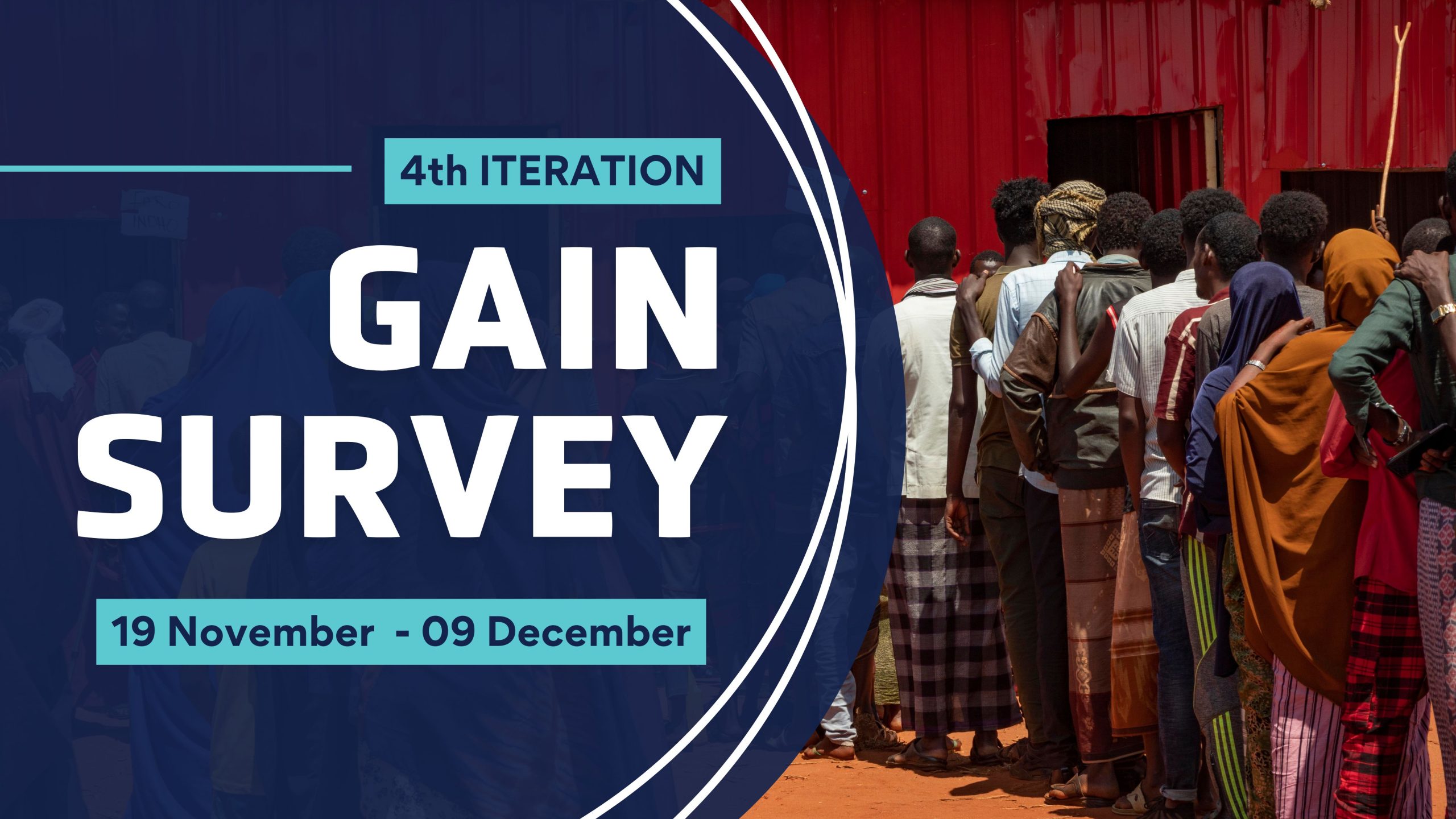2024 Edition
Global Annual Inclusion (GAIN) Survey

The 4th iteration of the EGRISS GAIN Survey is closed.
First implemented in 2021, GAIN seeks to monitor statistical examples related to refugees, individuals in need of international protection, internally displaced persons (IDPs), and statelessness within national data systems and/or using the International Recommendations produced by EGRISS. As an annual survey, it enables us to monitor the use of IRRS, IRIS, and IROSS, identify challenges countries face and inform upcoming priorities for our work.
Target respondents to GAIN survey – national, regional and international organizations – provide information on statistical examples conducted during the last year. These can include sources like censuses, surveys, use of administrative data, workshops, reports, etc. focused on or including refugees, IDPs, and/or stateless populations. Multiple examples can be submitted through the same questionnaire.
Only three questions are open ended, and require short descriptive answers, while all others are either single or multiple-choice questions, allowing for quick and concise responses. Each example should take not more than 10 minutes to complete in the form.
When completing the questionnaire, plan to identify a relevant focal point in your organization, knowledgeable of the example to be reported. We encourage you to complete it in a single session. However, in case of additional resources or consultation required a draft version can be saved online and completed at a later stage.
Offline questionnaires
EGRISS GAIN Survey Questionnaire
Paper version in English
Cuestionario de la encuesta GAIN de EGRISS
Versión en papel en Español
Questionnaire de l’enquête GAIN d'EGRISS
Version papier en Français
